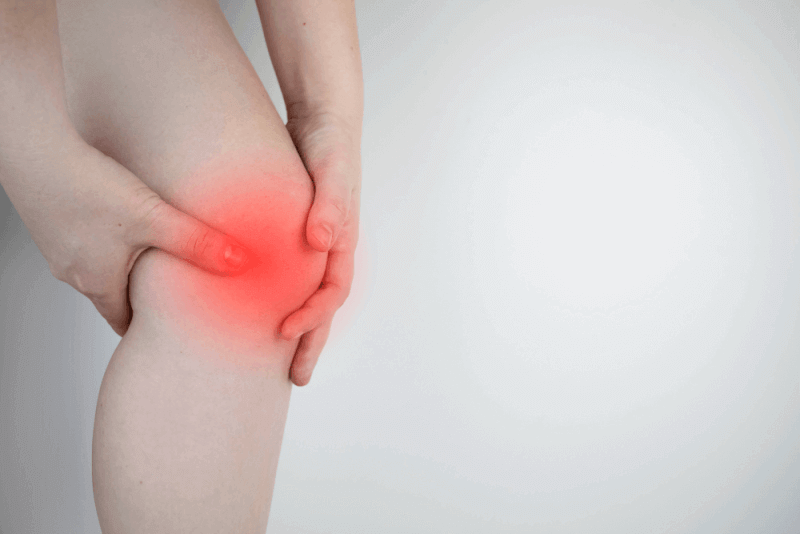What is Bone Marrow Edema?
Bone marrow edema occurs when fluid accumulates in the soft tissue within the bones. Bone marrow is a spongy tissue that contains stem cells. Edema refers to swelling caused by fluid. Bone marrow edema is also referred to as a bone marrow lesion.
Types of Bone Marrow Edema
Bone marrow edema can be seen in two different types.
Secondary Bone Marrow Edema
This type occurs when another disease causes bone marrow edema. It can be either symptomatic or asymptomatic. Therefore, some patients may not exhibit any symptoms. Asymptomatic secondary bone marrow edema is often detected incidentally during MRI scans performed for other conditions.
Spontaneous or Primary Bone Marrow Edema
When the cause of bone marrow edema is unknown but there is noticeable pain, it is referred to as primary bone marrow edema. This condition is also known as bone marrow syndrome.
Difference Between Bone Marrow Edema and Bone Marrow Edema Syndrome
Bone marrow edema syndrome is a rare and unexplained form of bone marrow edema. It is most commonly seen in men aged 30 to 60 years. It is thought to be associated with high cholesterol and low vitamin D levels. While it can appear in various bones, it is most often found in the lower extremities.
Causes of Bone Marrow Edema
There are various health conditions that can lead to the development of bone marrow edema. These include the following.
Cancer
Types of cancer that can cause bone marrow edema include the following:
- Acute myeloid leukemia
- Bone metastasis
- Chondrosarcoma
- Ewing's sarcoma
- Osteosarcoma
- Radiation therapy for cancer treatment
Degenerative Conditions
Conditions that cause tissue degeneration over time, leading to bone marrow edema, include the following:
- Osteoarthritis
- Tendinopathy
Infections
Bone and joint infections that can cause bone marrow edema include the following:
- Osteomyelitis
- Septic arthritis
Ischemic Conditions
Conditions where organs do not receive enough blood or oxygen, potentially leading to bone marrow edema, include the following:
- Avascular necrosis
- Charcot foot
Metabolic Conditions
Metabolic disorders that can lead to bone marrow edema include the following:
- Cushing's syndrome
- Hyperparathyroidism
- Mastocytosis
- Mineral and bone disorders related to chronic kidney disease
- Osteomalacia
- Osteoporosis, especially in the hip and knee
- Vitamin D deficiency
Musculoskeletal Inflammation
Inflammatory conditions of the bones, ligaments, muscles, nerves, and tendons that can cause bone marrow edema include the following:
- Ankylosing spondylitis
- Enthesitis
- Psoriatic arthritis
- Rheumatoid arthritis
- Sacroiliitis
Trauma
Injury types that can cause bone marrow edema include the following:
- Anterior cruciate ligament tears
- Complex regional pain syndrome
- Compression fractures
- Hip dislocation causing bone death
- Other bone or joint injuries, particularly in the ankle, hip, knee, or spine
- Stress fractures
Symptoms of Bone Marrow Edema
The primary symptom of bone marrow edema is pain felt around or within the bone. Other symptoms may include the following:
- Joint swelling
- Increased warmth in the joints
Some individuals may not experience any symptoms.
Diagnosis Criteria for Bone Marrow Edema
The first step in diagnosing bone marrow edema is a physical examination. This is followed by various questions about symptoms and medical history. If bone marrow edema is suspected, the following tests may be requested:
- Blood tests to look for signs of inflammation
- Bone marrow biopsy
- DEXA scan to check for osteoporosis
- MRI
- Ultrasound
Bone marrow edema is not visible on CT scans or X-rays.
Treatment Methods for Bone Marrow Edema
Bone marrow edema usually resolves on its own. Patients are advised to rest for a few months. In addition, the following recommendations can be made to manage symptoms:
- Non-steroidal anti-inflammatory drugs (NSAIDs)
- Physical therapy
If the edema is severe, the following options may be recommended:
- Steroid injections
- Surgery
Bone Marrow Edema Surgery
This procedure, called core decompression, involves drilling holes into the bone to drain the edema. This helps reduce pressure within the bone and alleviate pain.








